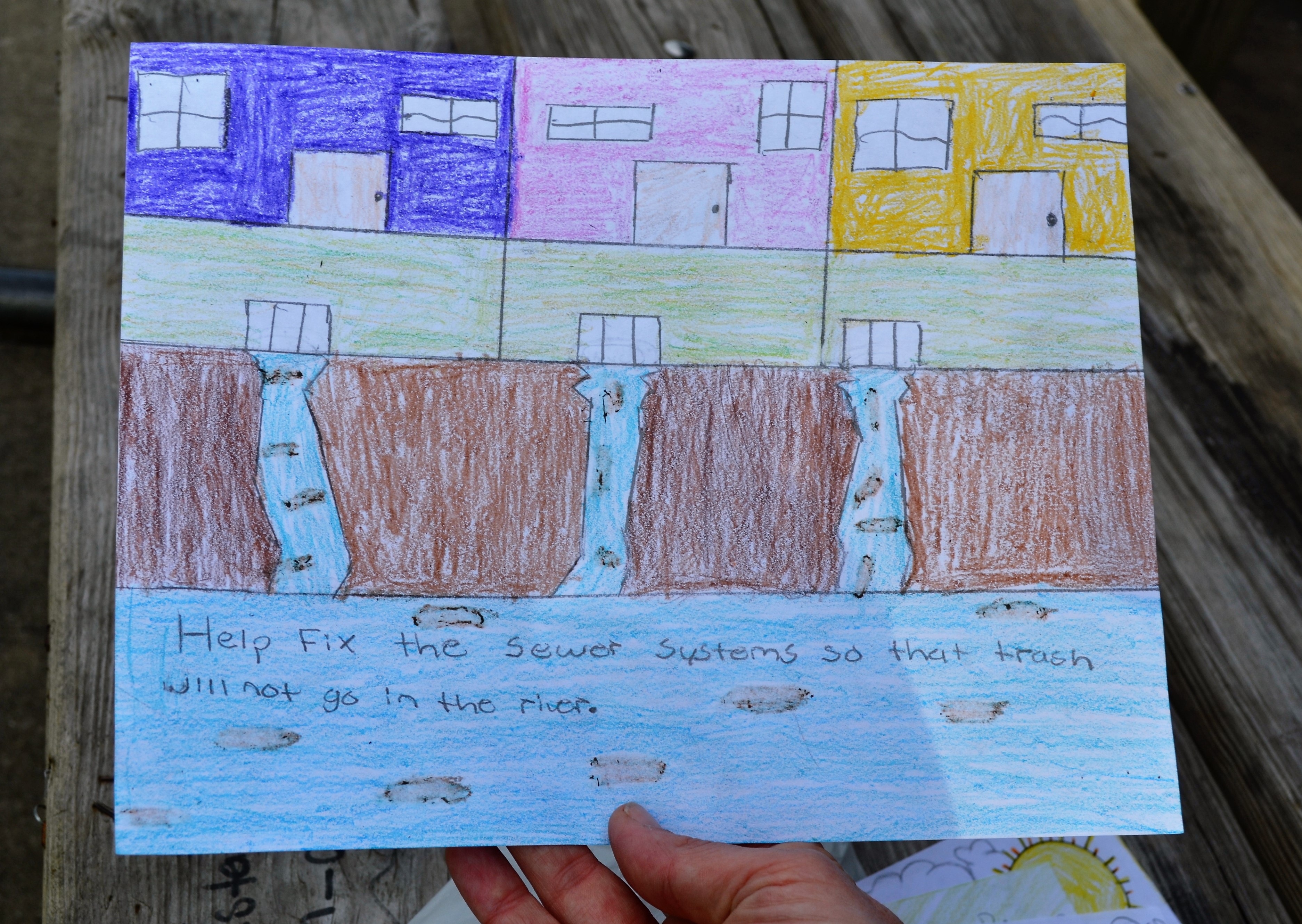
With new technology, the possibility of mapping information about communities as a basis for decision making has captured the imagination of policy makers. This Brief is one of two that will explore the concept of community mapping. The first outlines geographic mapping; the second explores conceptual mapping.
BEST PRACTICE BRIEFS are a product of OUTREACH PARTNERSHIPS @ Michigan State University, connecting university resources to the community. Briefs are reviewed by participating faculty, OUTREACH PARTNERSHIPS staff, and an Advisory Group of potential users. Responsibility is assumed by Betty Tableman, Editor, at 517-432-7138, or e-mail: tableman@msu.edu. BEST PRACTICE BRIEFS may be copied within the subscribing office and may be quoted with citation of the source. Copyright © 2000 Board of Trustees of Michigan State University.
This Brief NO. 3 was written with contributions from the following Michigan State University faculty: JOHN MELCHER, Community Economic Development Program; RICHARD E. GROOP, Center for Remote Sensing and GIS; JOANNE G. KEITH, Department of Family and Child Ecology; and Research Assistant JACK L. ROZDILSKY, Community Economic Development Program.
This curriculum is designed for college and university campuses. It was published by Campus Compact, an organization that shares “what we know from both research and practice to provide our members with the best tools for building democracy through education and community partnerships. This includes high impact practices for student civic learning and support for the institutional systems, policy, and activities that reinforce that learning and advance the public purposes of higher education. Our coalition is focused on teaching, research, and institutional action in service of the public good.”
From the Publishers: Students from around the country are working on civic issues– from serving in middle schools to organizing campuses around eliminating sweatshops– toimprove communities and the broader world. As a way to support those efforts and support the broader goal of helping you take action on the issues you care most deeply about, we have created this community mapping activity to help you identify the potential assets and allies that exist on your campus and also helpyou determine the “gaps” on your campus. After this initial mapping, you will beable to develop strategies for action and find additional resources to promote student involvement and the issues you care about.
This toolkit was published by the City of Vancouver and the International Centre for Sustainable Cities. HERE’S HOW THE CREATORS DESCRIBE THIS TOOLKIT: This resource manual is written for adults who wish to engage youth in community planning. In the last decade, there has been a growing recognition by planners and community development practitioners that youth are an important population to involve in the planning of their communities. Researchers have shown that engaging youth in planning raises the self-esteem of youth, fosters their sense of environmental and community responsibility, and encourages them to become more civically minded.Youth engagement also leads to better planned communities, capable of responding to the needs of their young population. Because youth have the largest stake in the future of their community (given that they will be around the longest) their input often strengthens the sustainability of community planning. Furthermore, their enthusiasm, creativity and idealism bring a fresh perspective to planning initiatives. Despite the acknowledged positive outcomes that stem from youth engagement, there are still many barriers to their participation. Municipal staff, community organizers and planners may have limited time and resources, competing interests, and few tools to effectively engage youth in planning processes.Because of these barriers many youth and their adult allies do not venture into this field. This toolkit aims to address these concerns by providing practical ideas that are easy to use and effective, and have been tested in the field by community organizations and cities.
